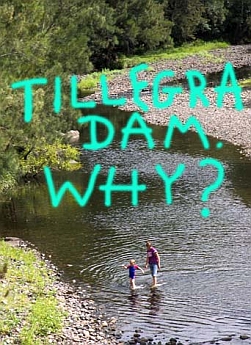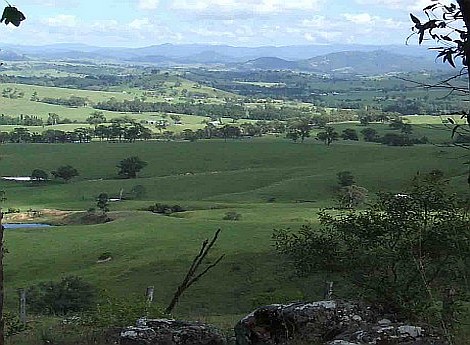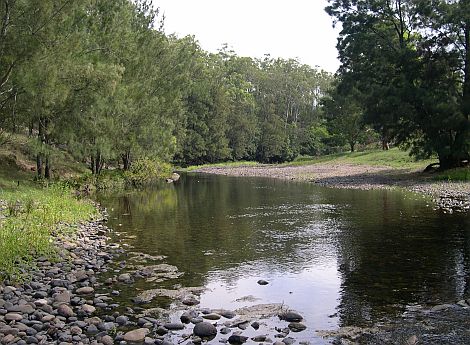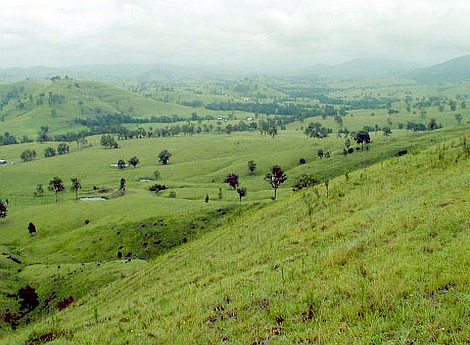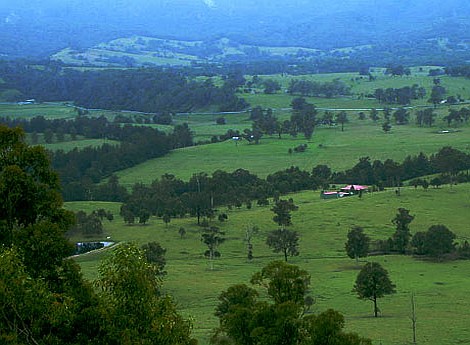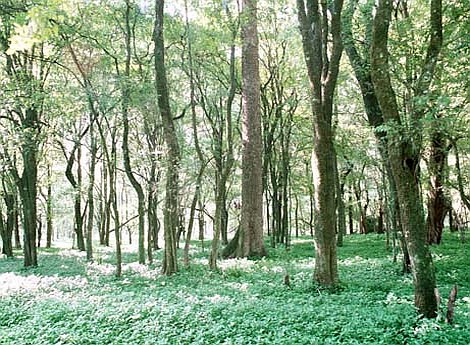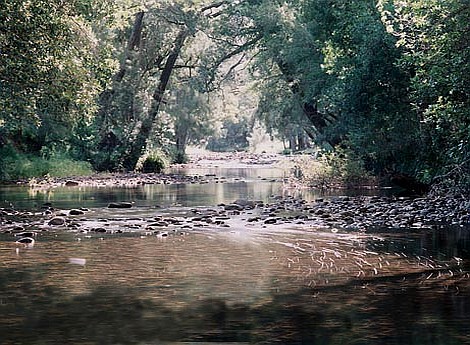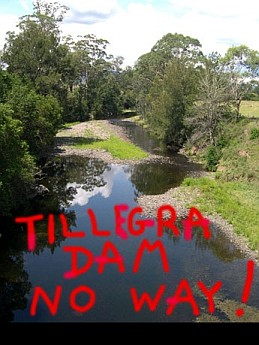Get Smart be an Agent for Change
Lobby the Labor polies
This is a plea to all concerned citizens, community groups, catchment management authorities and anyone interested in ecologically sustainable development. The Cessnock State Electorate Council invited Water Minister Phillip Costa to speak on the subject of the proposed Tillegra Dam at an ALP fund raising event on 8 May, 2009. I hope he came well briefed, because he seems to not understand all the implications. The proposed Tillegra Dam is an extremely contentious issue within the Hunter community and beyond. Public opinion against this proposal has grown from a small community based group to a broad spectrum of angry ratepayers, community, environmental, and political groups (see this article on Newcastle Herald polls). Presently, an army of volunteers are working across marginal Labor seats, talking to voters and letterboxing, to inform the ratepayers of the Hunter that this infrastructure proposal is yet another bad decision by the Labor Government. Four Queensland Labor seats were lost over the Traveston Dam in QLD.
The proposed Tillegra Dam is a project, costing at last estimate $477 million and rising, that is not needed, is not necessary and stands to destroy the healthiest river system in the Hunter.
A key strategy of the Australian Water Industry Roadmap* is to review current infrastructure configurations with a view to facilitating emergence of more efficient systems. So what has the NSW Labor state government and its instrumentality Hunter Water Corp. come up with? Build a large surface area (shallow) dam in a catchment that is already dammed (Chichester Dam) and next to another dammed river (Paterson River – Lostock Dam), and then send the water down an open channel that will become a ditch – what is now the beautiful Williams River – how efficient is this! Blue-green algal blooms and evaporation will mean before too long another solution will be needed. Let’s get it right now.
Other water utilities have decided to investigate increased supply from desalinisation plants (Perth and Sydney), while others are examining reuse and recycling opportunities (Adelaide and Melbourne). However, the Gold Coast City Council’s Water Future Policy and Pimpama Coomera scheme represent Australia’s benchmark urban application of integrated water cycle management. Fully developed, the scheme will service approximately 150,000 people (about the same as for Tillegra). The Pimpama-Coomera Water Future is a strategy to provide a secure water supply to the region whilst delivering social, environmental and economic benefits to the community and local government. The concept was developed through a community advisory group that included regulators, developers and various community and industry stakeholders (what did we get – a political decision in the heat of an election campaign!). This scheme comprises:
- Third pipe water supply using recycled water for outdoor use and toilet flushing.
- Potable water supply for kitchen use.
- Trickle-fed rainwater tanks to supply non-potable indoor uses and stormwater management.
- Aquifer storage and recovery for recycled water system.
- Smart sewers with reduced infiltration capability.
- Regional stormwater harvesting.
When fully implemented, the scheme will reduce water demand from traditional sources by more than 70%, and suspended solids and nutrients discharges to the receiving environment by more than 70%. This will be achieved for less than 10% additional capital costs (less than 3% life cycle costs) to traditional linear systems. And outcomes include:
- Reduce potable water demand by 75 – 84%
- Reduce wastewater discharge to rivers (14% flow, >50% nitrogen and phosphorus load)
- Reduce greenhouse gas emission by 20 – 30%
- Minimise stormwater litre/litre (by >50%)
- Reduce stormwater runoff to waterways by up to 10 – 17%
- Improved stormwater quality to waterways through water sensitive urban design
- No net capital cost difference between traditional water supply and implementing the Master Plan concepts
The Strategy has:
- Removed the city’s almost exclusive reliance upon surface water storages which are climate dependant;
- Taken an integrated approach to managing water across the entire water cycle; and
- Provided water solutions that are fit for purpose, rather than using potable water for all uses within the home.
The Strategy now includes a diverse range of water supply initiatives such as the use of rainwater tanks, recycling of water back to the home for garden use and toilet flushing, reducing the pressure of the water supply network to reduce water usage, augmenting existing surface water storages and desalination.
The WA government was caught out – despite spending over $800m on water supply augmentation in the past decade, the Water Corporation of WA is now spending $400m on a desalination plant because of the dramatic decline in available yields from surface and groundwater sources believed to be due to climate change!
We need smart solutions for the future and to develop new industries now. Australia should be leading the world in water management and exporting the intellectual property and technologies, yet we are still doing things the out-moded way and ruining our precious rivers. Let’s get smart and be the agents of change. Our elected representatives should show some leadership and oppose this development and support integrated water cycle management using innovative technologies that are ecologically sustainable (I do note Premier Rees has recently announced a major recycling initiative for Sydney – http://www.abc.net.au/news/stories/2009/05/07/2563626.htm).
*Australian Water Industry Roadmap. A Strategic blueprint for sustainable water industry development – The Barton Group May 2005.
The Barton Group is a coalition of environment industry leaders (incl. government, private sector, academic and research partners) addressing the intent of CoAG water reforms, amongst other things.
